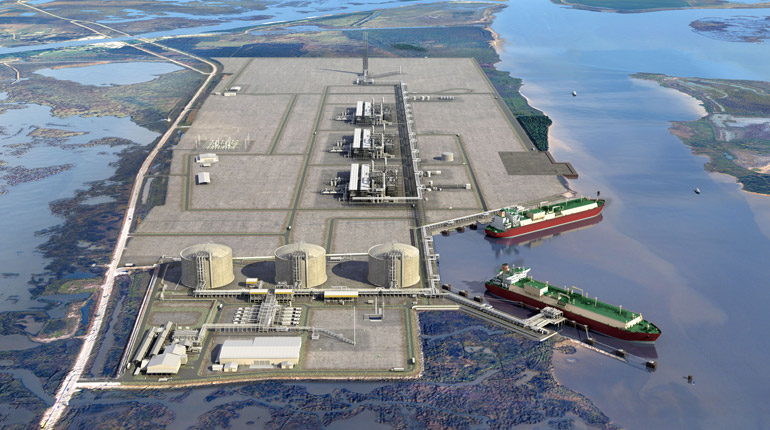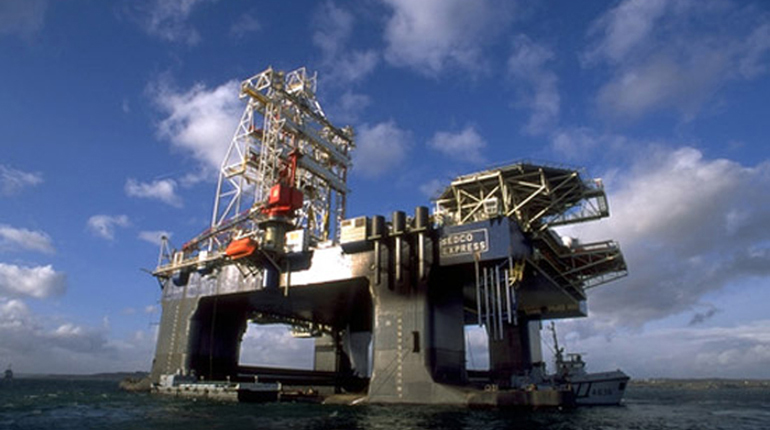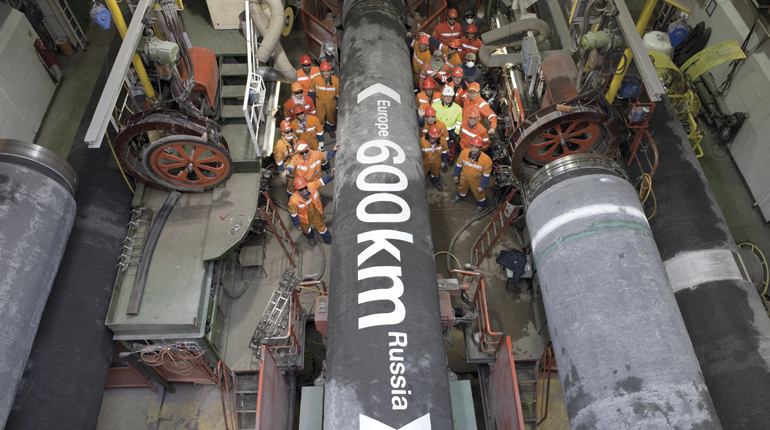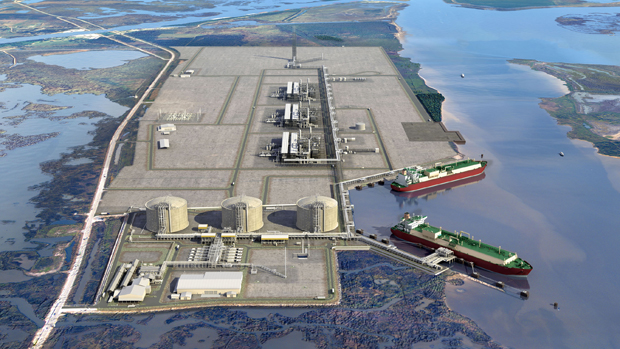Texas LNG offers alternative to Gulf mega-plants
Vivek Chandra, chief executive of Texas LNG, tells Interfax about the company’s plans to build a 4 mtpa plant on the United States Gulf Coast despite the intense competition it will face.
 The Cameron LNG plant in Louisiana, along the Gulf coast from the proposed Texas LNG site. (Sempra)
The Cameron LNG plant in Louisiana, along the Gulf coast from the proposed Texas LNG site. (Sempra)
Texas LNG plans to build a 4 mtpa LNG export plant at the Port of Brownsville in Texas. Chief Executive Vivek Chandra talked to Interfax about the competition from other Gulf projects and the future of the LNG industry.
Interfax: There are five export projects under construction in the Gulf of Mexico, a further seven have applied to the Federal Energy Regulatory Commission (FERC) and 11 – including Texas LNG – are at the pre-filing stage. What sets your project apart?
Vivek Chandra: We are keeping things simple, limiting our scale to realistic volumes and reducing technical risks. We intend to be the among the lowest cost LNG producers in the Gulf.
The project needs to be on a realistic scale and, at an initial output of 2 mtpa, we are considered feasible in the current market. This helps instil confidence from our financial backers.
It is important to have secure financing. Having equity investment from our EPC partner, Samsung Engineering, provides comfort that we are not paying a lot of money to a contractor that will not be aligned with our goals.
It also means that, for them to realise the value of the investment, the project has to go ahead.
We have completed over 140,000 engineering man-hours with Samsung Engineering and expect to finish our FEED stage by the end of 2015.
In addition, we have attracted development capital funding from one of the largest hedge funds in the world. They have confidence in the project and are supportive of our continued progress.
In the next few weeks, we will have submitted all our FERC pre-filing draft applications – so much of the initial hard work has been done. Projects that have started the FERC pre-filing process are more likely to go ahead. Once you start this structured process, you have to follow the regulations and schedule.

Texas LNG CEO Vivek Chandra (Texas LNG)
Interfax: How do you see the US market developing and how do you rate the competition?
VC: What is fantastic is that there are so many different companies promoting so many different projects. But in any new growth industry you will have some that will survive and others that will not.
The projects that haven’t crossed the FERC pre-filing line will be struggling to gain traction because you need a lot of money and work to get to there.
The projects that have started the FERC pre-filing process, but lack a strong equity structure, will suffer because they don’t have the resources to draw upon to survive through the process.
In particular, the projects that have been too ambitious in their scale will suffer because the market will not give them any credibility and their threshold to proceed will be higher than for projects like ours, which are determined to keep the scale manageable and realistic.
Interfax: You cite your non-traditional funding model as one of the reasons that you stand out. How do you see LNG project financing changing over the coming years?
VC: The banks and financial institutions need to understand they can no longer walk into a fully secure project, which they have done when financing big projects backed by supermajors and governments. When investing in LNG projects they need to be prepared to take on some risk.
The banks need to change the model and look at LNG as they look at other projects – based on whether it is a good project and whether it makes sense – but it will take time for them to change their ideas.
In the meantime, we are seeing entrepreneurs raising seed capital from a range of financial institutions. Hedge funds, investment funds, infrastructure funds and master limited partnerships are all emerging as sources of finance for projects other than banks.
LNG-exporting companies entering the market will draw on these new sources of capital, which will provide more opportunities and change the dynamics of the business.
Interfax: Texas LNG intends to send out its first cargoes in 2020. What do you anticipate demand will be then? And where do you expect to sell your LNG?
VC: We are talking to both established and emerging buyers. A lot of the new LNG has recently been absorbed by emerging markets that are individually small, but in aggregate can add up to significant volumes and are quite interesting for a mid-scale project such as ours.
Because these emerging importers are smaller, not very experienced and not as creditworthy as the more traditional blue-chip companies, they require more effort and can be scary to the traditional suppliers and financiers.
We have to accept that this is the way things are going to be. The LNG market is becoming more flexible and it is possible that if one contract falls over, say in Bangladesh, then you can go and market that gas into Pakistan. LNG is a commodity and needs to be traded like one.
Not everyone is doom and gloom about the prospects of the industry right now. Representatives from the emerging markets, such as Thailand and Philippines, are saying they still want gas. The reports of low demand and the death of LNG are greatly exaggerated.
Liked this article?
Sign up for exclusive, accurate and up-to-date natural gas news, analysis and intelligence, with global coverage of every phase of the gas chain.
By logging in or signing up for a free trial, you are agreeing to our terms and conditions, privacy policy and cookie policy.







